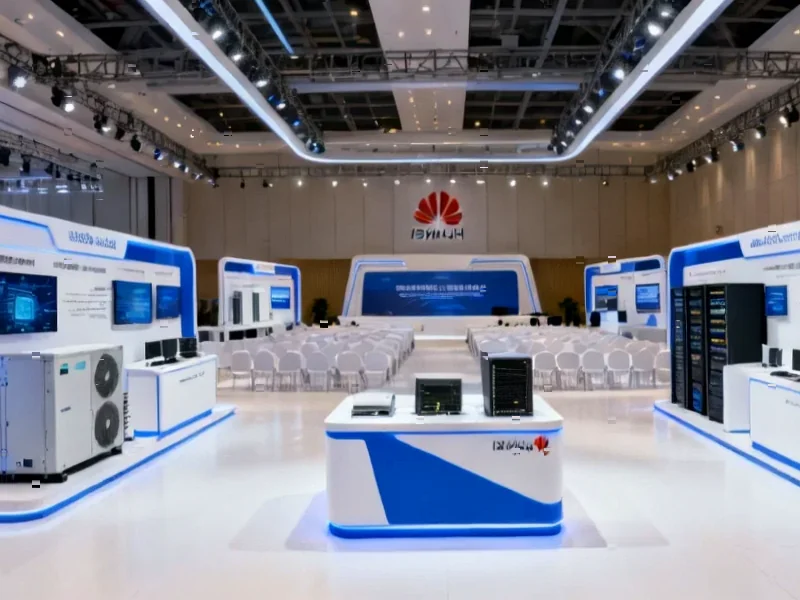According to Fortune, Boyu Capital will acquire up to 60% of Starbucks’ retail operations in China through a new joint venture valued at $4 billion, with Starbucks retaining 40% ownership and continuing to license its brand and intellectual property. The deal concludes Starbucks’ search for a local partner to revitalize its struggling China business, which operates approximately 8,000 stores but has lost ground to local competitor Luckin Coffee, which dethroned Starbucks as China’s largest coffee chain two years ago by offering coffee at one-third the price. Starbucks CEO Brian Niccol expressed confidence in growing from 8,000 to over 20,000 stores in China, while the company expects the total value of its China retail business including licenses to exceed $13 billion. This strategic shift comes as Starbucks faces intense pressure from local competitors and changing consumer preferences in China’s challenging economic environment.
The Great China Pivot: From Ownership to Partnership
This deal represents a fundamental strategic realignment for Western brands in China that goes far beyond Starbucks’ immediate challenges. For decades, the prevailing wisdom was that global brands should maintain full control over their China operations to protect brand integrity and capture maximum value. Starbucks’ retreat from majority ownership signals that this model is no longer sustainable in today’s China market. The country’s consumer landscape has matured dramatically, with local competitors demonstrating superior understanding of regional preferences, pricing sensitivities, and operational efficiencies. What we’re witnessing is the end of the “imperial” phase of Western retail expansion in China and the beginning of a more collaborative, locally-driven era.
China’s Coffee War Intensifies
The competitive dynamics in China’s coffee market have shifted from a battle of brands to a war of business models. Luckin Coffee’s victory wasn’t just about cheaper coffee—it was about fundamentally different economics. While Starbucks maintained its premium café experience model with expensive real estate and labor costs, Luckin optimized for digital ordering, smaller footprints, and hyper-convenience. The private equity backing from Boyu Capital brings expertise in commercial real estate and property management that could help Starbucks reconfigure its store portfolio for better efficiency. However, the core challenge remains: how to maintain premium brand positioning while competing on price in a market where consumers have become increasingly value-conscious.
Ripple Effects Across Consumer Retail
Starbucks’ move is part of a broader pattern that should alarm every Western consumer brand operating in China. We’re seeing similar strategic retreats across multiple categories—General Mills considering selling its Häagen-Dazs stores, Restaurant Brands International mulling a Burger King stake sale, following earlier local partnerships by McDonald’s and KFC. This trend suggests that the China playbook for Western brands needs complete rewriting. The factors driving this shift include rising nationalism, the sophistication of local competitors, economic pressures on Chinese consumers, and fundamentally different digital ecosystems that favor domestic players. Brands that fail to adapt their China strategies risk becoming irrelevant in the world’s second-largest economy.
The Partnership Paradox
The success of this joint venture hinges on solving what I call the “partnership paradox”—maintaining global brand standards while ceding operational control to local partners who understand the market better. Boyu’s track record with luxury retail through its stake in SKP malls suggests they understand premium positioning, but coffee represents a different challenge entirely. The risk is that in pursuing growth and efficiency, Starbucks could dilute the very brand experience that made it successful globally. The company’s recent experiments with “study rooms” and expanded tea menus show they’re adapting to local preferences, but whether these incremental changes can compete with fundamentally different business models remains uncertain. The coming years will test whether this partnership can achieve the delicate balance between scale and brand integrity that has eluded so many Western brands in China.




